Imagine walking across the sun-scorched savannas of Africa and stumbling upon a shimmering pool of water, teeming with life. Birds chirp, antelope gather, and even the smallest insects find relief from the relentless heat. Now imagine this oasis didn’t exist until a group of elephants, driven by thirst and determination, sculpted it from the parched earth with their massive trunks and feet. Elephants, often celebrated for their intelligence and gentle demeanor, are also some of the most remarkable engineers in the natural world—literally reshaping landscapes and giving birth to life-sustaining watering holes where none existed before. Their actions ripple across entire ecosystems, turning barren patches into vibrant hubs of activity, and in doing so, they reveal a hidden power that few people ever get to see up close.
The Mighty Trunk: Nature’s Excavator
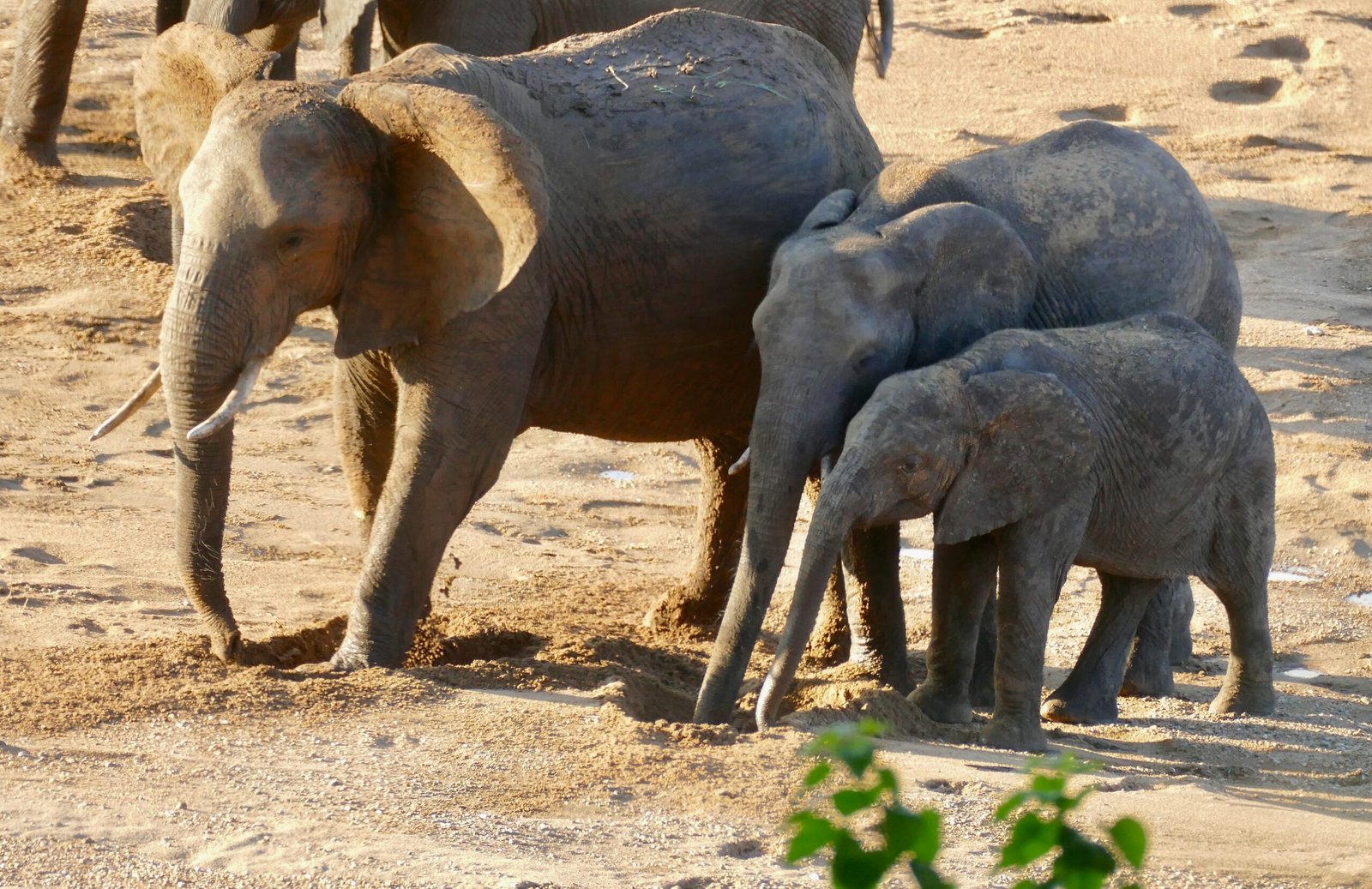
The elephant’s trunk is more than just a long nose—it’s a multi-purpose tool that’s both strong and incredibly dexterous. With over 40,000 muscles, this appendage can uproot small trees, pluck delicate flowers, and, most importantly, dig deep into the earth in search of water. When the dry season dries up rivers and ponds, elephants use their trunks to sniff out underground moisture. They then dig into the ground, scooping out soil and sand until water begins to seep up. This process can take hours, but the elephants’ persistence pays off, often resulting in a shallow pool that sustains them and many other animals. It’s like watching a living backhoe in action, only guided by instinct, memory, and the pressing need to survive.
Family Matters: Teamwork in Digging
Elephants rarely act alone when they create watering holes. These social giants work in close-knit family groups, with matriarchs leading the way. The older, more experienced females often remember where water can be found, even in the harshest droughts. When the herd identifies a likely spot, several elephants may start digging together, using their trunks and even their feet to widen and deepen the hole. Young calves watch and learn these skills from the adults, ensuring that knowledge is passed down through generations. This cooperative behavior not only speeds up the digging process but also strengthens the social bonds within the group, making survival a collective effort.
Memory and Intelligence: Navigating the Landscape
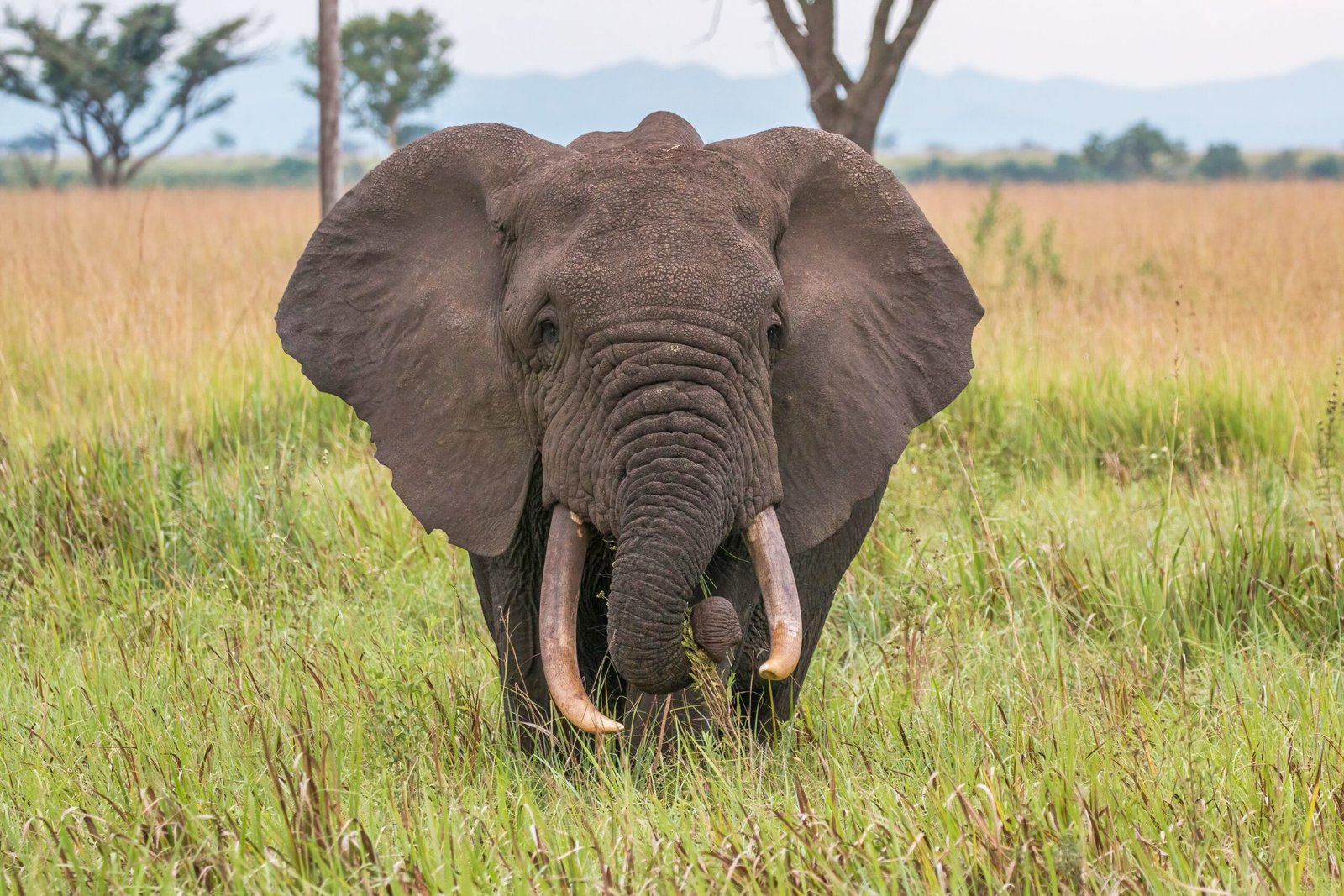
What’s truly astonishing is how elephants remember the locations of past watering holes, even if they haven’t visited them in years. Their large brains—among the biggest in the animal kingdom—are wired for complex problem-solving and long-term memory. During long migrations, matriarchs lead their herds across vast distances, relying on mental maps of where water once flowed. This extraordinary memory helps them find hidden springs or buried streams, which they expose by digging. Scientists have marveled at how elephants can anticipate droughts and plan routes to maximize the chances of finding water, showcasing a level of intelligence that rivals some primates.
Life Springs Forth: Watering Holes as Ecosystem Hubs
When elephants create a watering hole, they aren’t just quenching their own thirst—they’re changing the fate of countless other creatures. Almost immediately, other animals begin to gather: zebras, buffalo, warthogs, and even predators like lions and leopards. Birds flock to the new water source, and insects swarm around its edges. Over time, these watering holes can become permanent features, reshaped and maintained by generations of elephants. They create microhabitats that support a stunning variety of life, transforming lifeless ground into a bustling hotspot of biodiversity.
Sustaining the Circle of Life
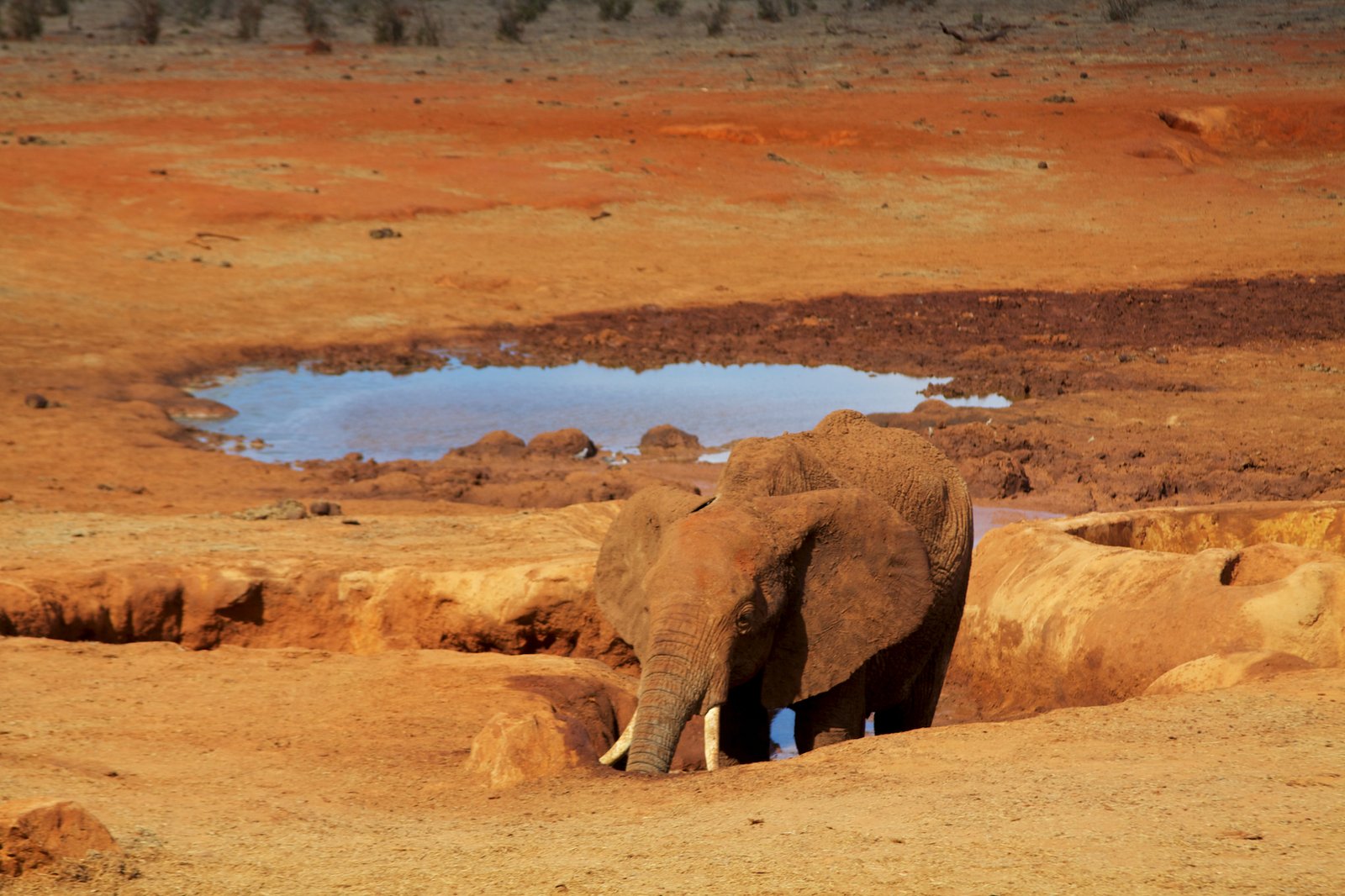
The ripple effect of an elephant-made watering hole goes far beyond its muddy banks. As animals congregate, their droppings fertilize the surrounding soil, encouraging plants to grow. This lush vegetation attracts even more wildlife and helps stabilize the landscape, preventing erosion and desertification. In this way, elephants act as keystone species: without their habitat engineering, entire ecosystems would struggle to survive through the toughest seasons. Their seemingly simple act of digging for water sets off a chain reaction that sustains life for miles around.
Survival During Drought: A Lifeline for All
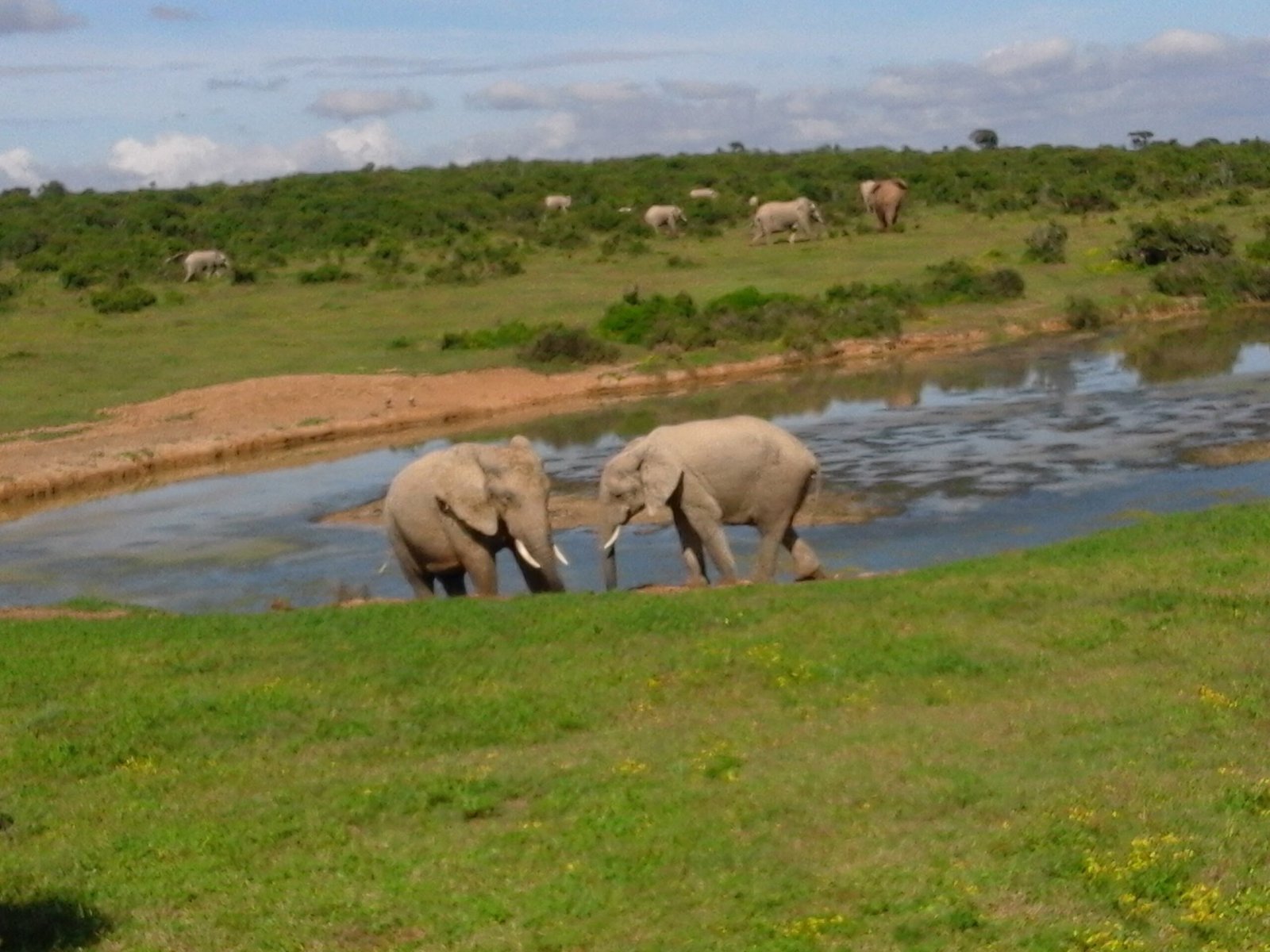
During the hottest and driest months, water becomes a matter of life and death in many African habitats. Elephants’ ability to access hidden water reserves beneath the surface often spells the difference between survival and disaster for countless species. In years of severe drought, watering holes created by elephants become critical refuges for animals that would otherwise perish. Scenes of desperate wildlife crowding around these pools are both heart-wrenching and awe-inspiring, reminding us of the crucial role elephants play in keeping their world alive.
A Legacy Etched in Earth
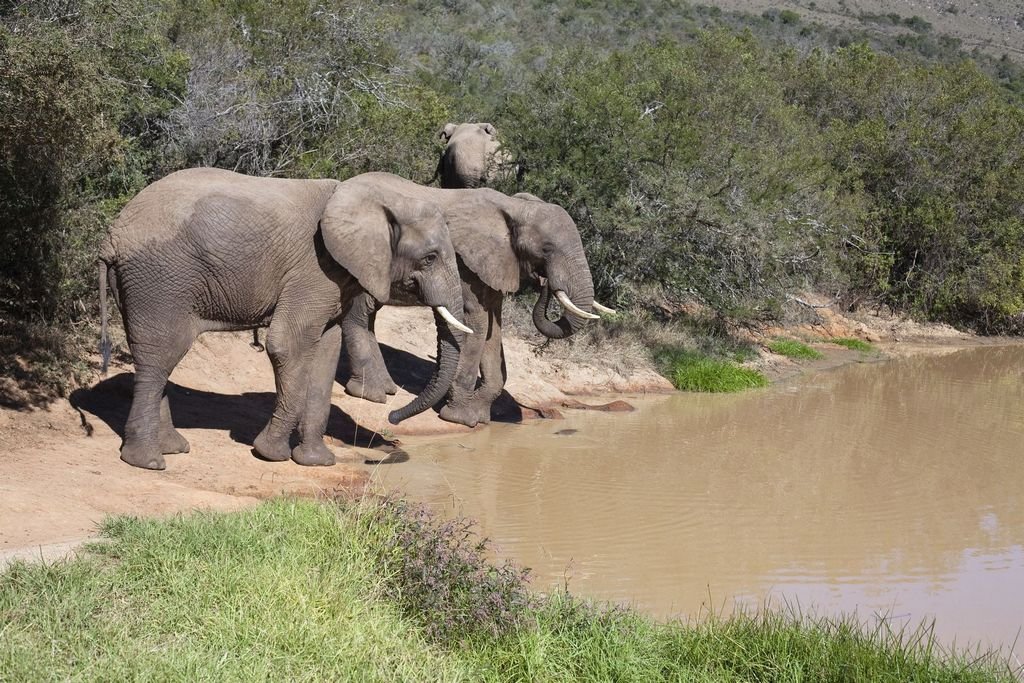
The watering holes elephants create don’t disappear when the herd moves on. Many of these pools remain long after the elephants have continued their journey, serving as vital resources for animals that can’t dig for water themselves. Over time, these spots become part of the landscape, with each new generation of elephants expanding, deepening, or reusing the same sites. In a very real sense, elephants leave a legacy etched into the earth—one that can last for decades and benefit creatures they may never meet.
Human-Elephant Connections: Lessons from the Wild
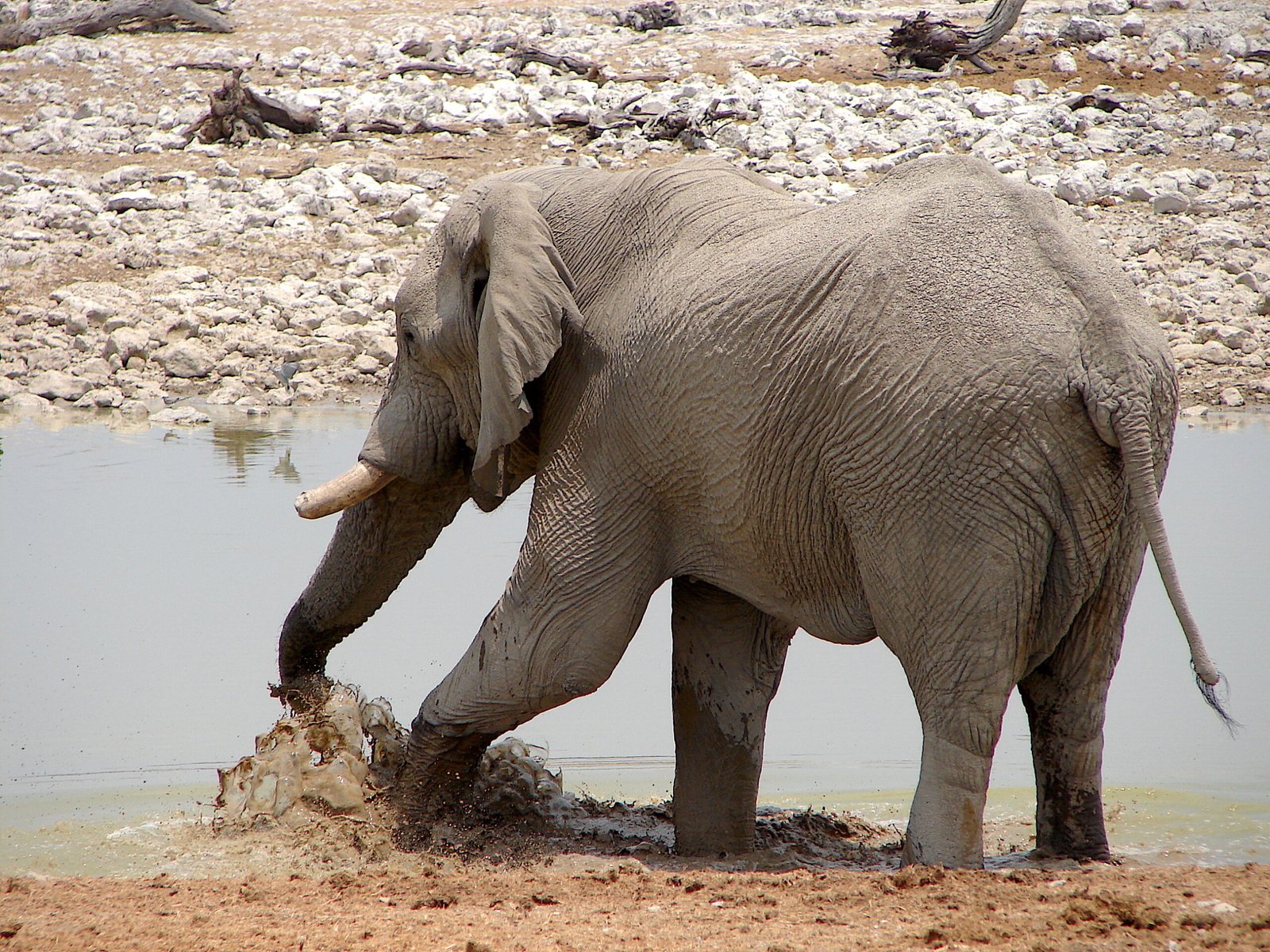
Humans have much to learn from elephants and their role as habitat engineers. In regions where water is scarce, communities sometimes mimic elephant behavior by digging wells and creating artificial watering holes for wildlife. Conservationists study how elephants locate water, hoping to use this knowledge to guide efforts in habitat restoration and drought management. The wisdom of elephants, gained over millennia, becomes a blueprint for sustainable living, bridging the gap between wild instincts and human ingenuity.
Threats to Elephant Habitat Engineering
Tragically, the ability of elephants to shape their environment is under threat. Habitat loss, poaching, and human encroachment are shrinking elephant populations and disrupting their ancient migratory routes. As elephants disappear, so too does their unique contribution to the ecosystem. The loss of these natural engineers can have cascading effects, leaving landscapes drier, less diverse, and more vulnerable to climate extremes. Protecting elephants isn’t just about saving a single species—it’s about preserving the vital processes that support entire webs of life.
Hope for the Future: Conservation in Action
Despite the challenges, there are inspiring stories of hope and resilience. Conservation programs across Africa and Asia are working tirelessly to protect elephant populations and the habitats they create. Sanctuaries, wildlife corridors, and anti-poaching patrols all play a role in ensuring elephants can continue their ancient work as landscape engineers. Every new watering hole dug by an elephant is a small victory for biodiversity and a testament to the enduring power of nature.
Without elephants, the story of the savanna would be incomplete. Their legacy of watering holes continues to remind us of the delicate balance between survival and generosity in the natural world. If you stumbled upon a life-saving oasis in the wild, would you ever guess it began with the persistence of a thirsty elephant?




